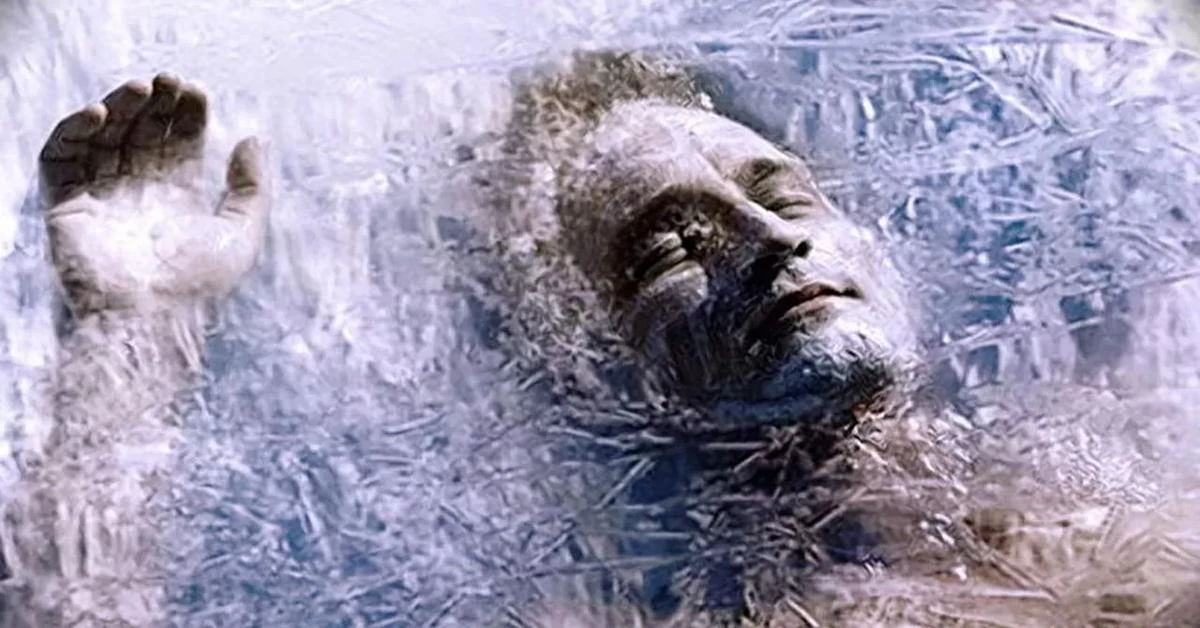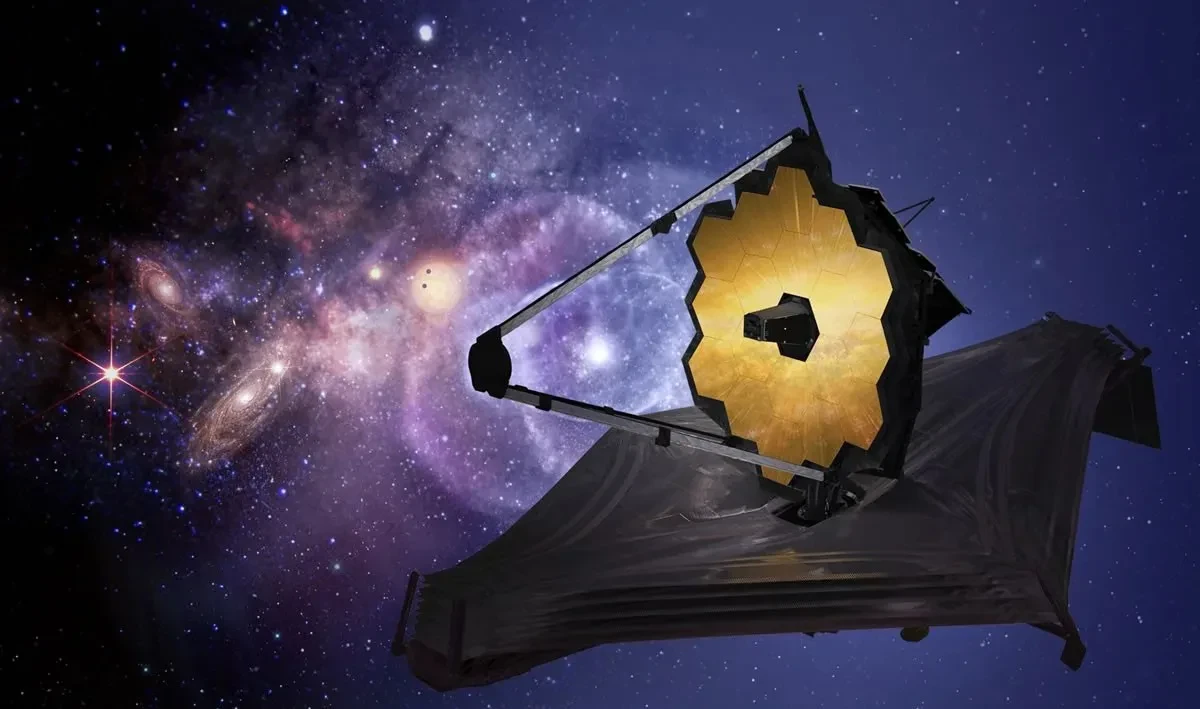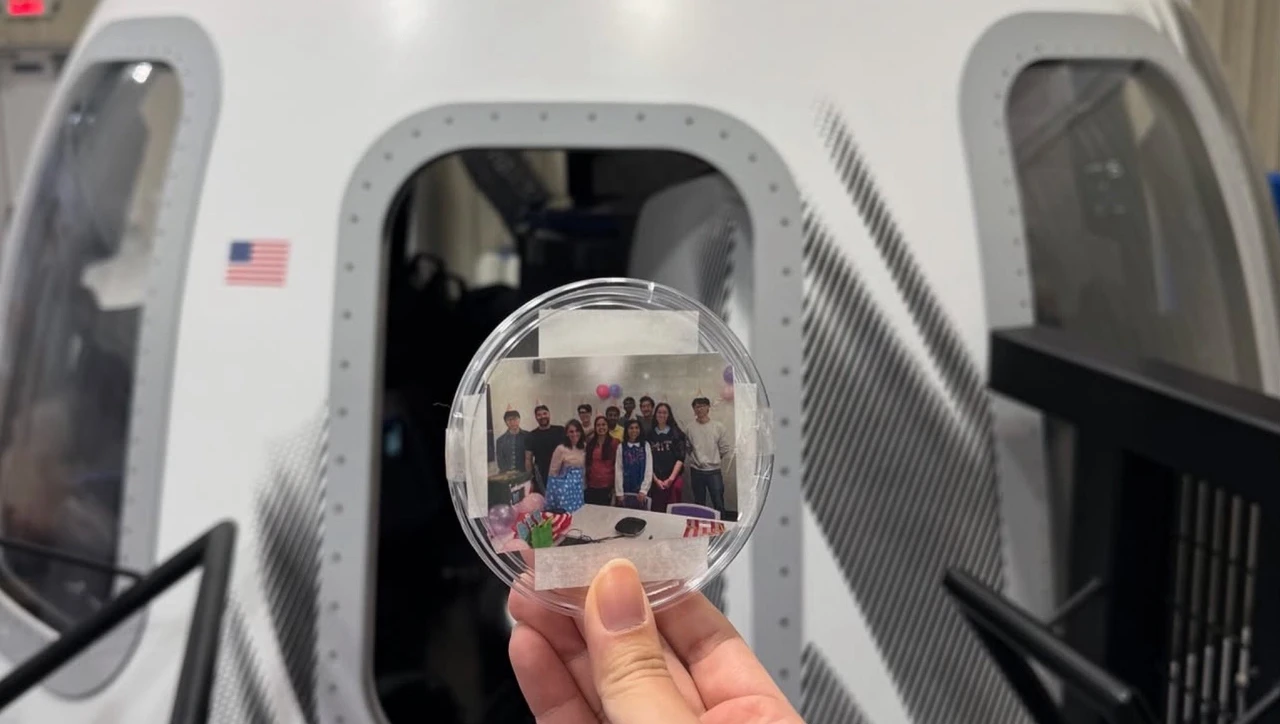Australian company conducts first cryogenic freezing of human body

Southern Cryonics successfully completed the first cryogenic freezing of a human body in the Southern Hemisphere.
An 80-year-old Sydney man, referred to as “Patient One,” underwent cryogenic preservation earlier this month at the company’s facility in Holbrook, New South Wales.
The process, which cost approximately $113,000, marked a significant milestone for Southern Cryonics. Philip Rhoades, who founded the company and dedicated 14 years to this moment, emphasized the challenges and stress involved.
“There were a number of different procedures to go through for different days, and there were a number of situations that might have gone wrong if we hadn’t prepared properly,” Rhoades explained.
“Patient One” died on May 12, 2024. Immediately after his death, the preservation process began. The team moved the body to a hospital cold room and packed it in ice to reduce the temperature to around 43 degrees Fahrenheit (6 degrees Celsius).
Then, they transferred the body to A O’Hare Funeral Directors, where experts pumped a special liquid through the body to act as an antifreeze and preserve cells. The body was then packed in dry ice, lowering the temperature to minus 112 degrees Fahrenheit.
The following day, the team transported the body to the Holbrook facility. There, they placed it in a computer-controlled cooling chamber to lower the temperature further to minus 328 degrees Fahrenheit.
Finally, they transferred the body into a dewar tank, a specialized vacuum storage vessel that can hold up to four bodies.
Rhoades discussed the rigorous preparation leading up to this event, including using crash test dummies and extensive equipment testing. “We went through using crash test dummies and other things to make it as real as possible for all the testings that we went through, so all of that groundwork paid off,” he said.
The Holbrook facility currently holds one dewar tank but plans to expand to accommodate up to 40 bodies. Over 30 founding members have already paid over $33,000 each to secure a preservation space, with additional annual members also enrolled.
The scientific community remains cautious about the feasibility of cryonics. Professor Bruce Thompson of the Melbourne School of Health Science described the process as “Star Trek in play,” highlighting the significant scientific and ethical challenges. “Doing that for a whole human body – and it died for a reason at the end of the day Australian company conducts first cryogenic freezing of human body and then reversing that and then reviving that is a very, very long time away,” Thompson explained.
Despite these concerns, Southern Cryonics remains optimistic about the future. According to their website, the company believes that within 50 to 100 years, technology may allow for the mind to be uploaded to a virtual world.
Furthermore, in 250 years, medical advancements might enable the transfer of the mind to a healthy young body in the real world.



